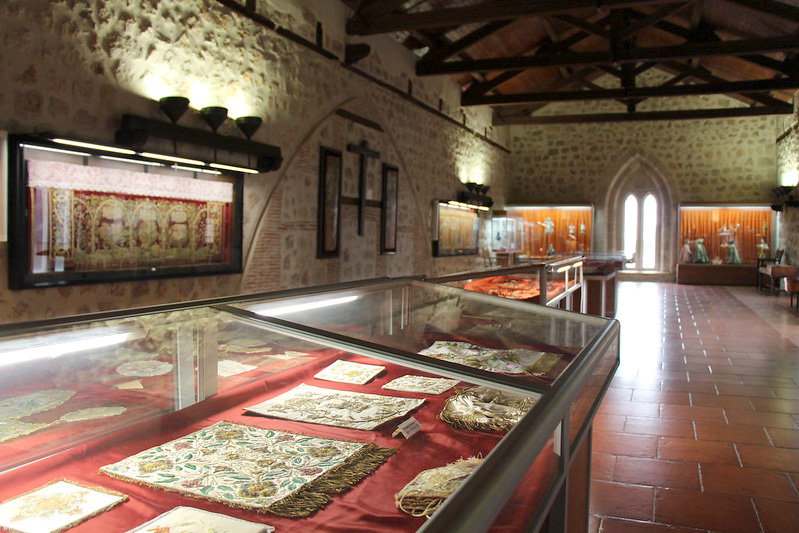Art and History
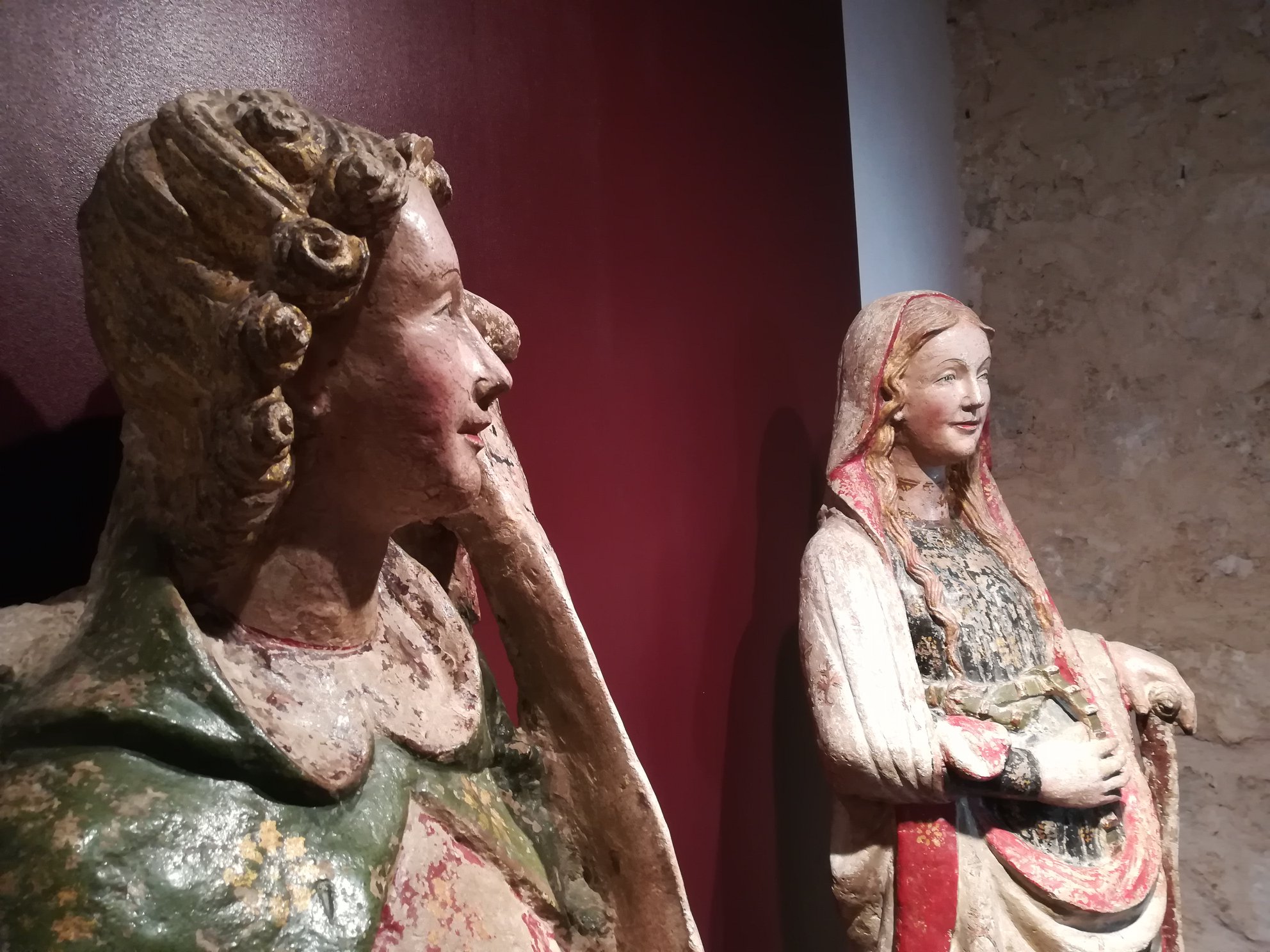
A brief look at our history
This monastery was founded by King of Castile Alphonso X the Wise in 1266. Little by little the Guzmán manor house would be transformed into a monastic residence with a large church. In order to celebrate the first centenary of the birth of Saint Dominic of Guzman, the king himself inaugurated the monastery in 1270 and granted the nuns living there the Caleruega Estate, so that they could live and accomplish their mission as curators and guardians of Saint Dominic of Caleruega’s birthplace and family house.
The Royal Monastery of Saint Dominic at Caleruega is certainly peculiar within the Dominican Order. The Archives of the Monastery contain important original historical documents, such as several Royal Privileges (the oldest one by King Ferdinand III the Saint from 1229 and the latest one by King Carlos IV from 1795), ordinations of some Masters of the Order, or some very well-preserved 13th– century Papal Bulls, to name but a few.
For almost 800 years the nuns have been faithful guardians not only of these priceless documents, but also of Saint Dominic’s birthplace, of Dominican spirituality and of the mission of the Order in the world, for which this monastery is a beacon, which every Dominican worldwide has as a reference point.
These days, this large monastery is inhabited by twelve nuns, whose mission from the charism of contemplative Dominicans is to make the Church fruitful through their way of living by consecrating themselves to Christ in prayer, work and silence, worshiping the Lord and interceding for their brother and sisters. They are also devoted to studying God’s Word with a burning heart, so that the Word is brought to life and turn into spiritual food for the whole mankind. They are a welcoming community, where doors are always open to anyone who wants to share the liturgical prayer and feel close to Saint Dominic of Caleruega and his family.
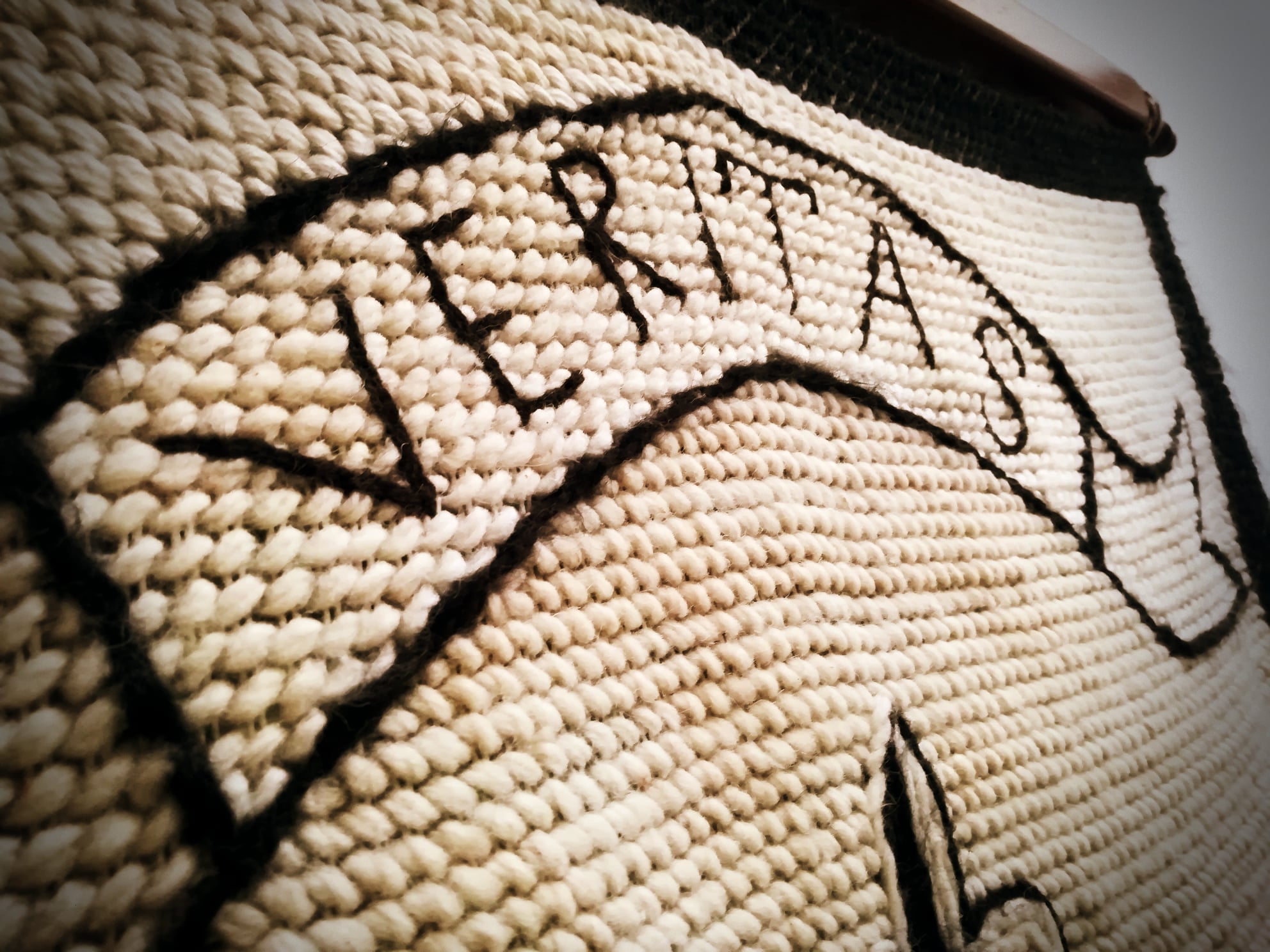
VERITAS is the motto of the Order of Preachers. We are always seeking it through contemplation.
Art
From the beginning it was a medieval construction and it is surprising that before the end of the 13th century, and in this feudal village in the countryside, such a monumental and family heritage existed. The ancestral home of the Guzmán-Aza family was adapted to become a monastery. Its artistic style is a transition between late Romanesque and early rural Gothic.
The 16th century church of Santo Domingo is Renaissance in style. It has a Latin cross floor plan with a single nave. Very austere in its decoration, the main altarpiece stands out, with paintings by Blas de Cervera (1594-1643), representing scenes from the iconography of Saint Dominic and the Dominican Order. In one of the rooms of the museum, two polychrome stone carvings of the Virgin and the Angel of the Annunciation, a work from the late Middle Ages (13th century) that has survived to the present day in very good condition.
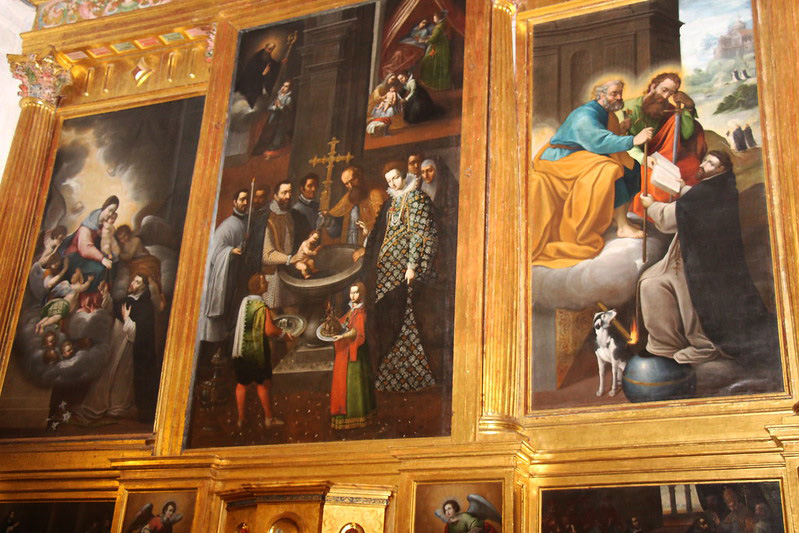
16th century paintings in the church
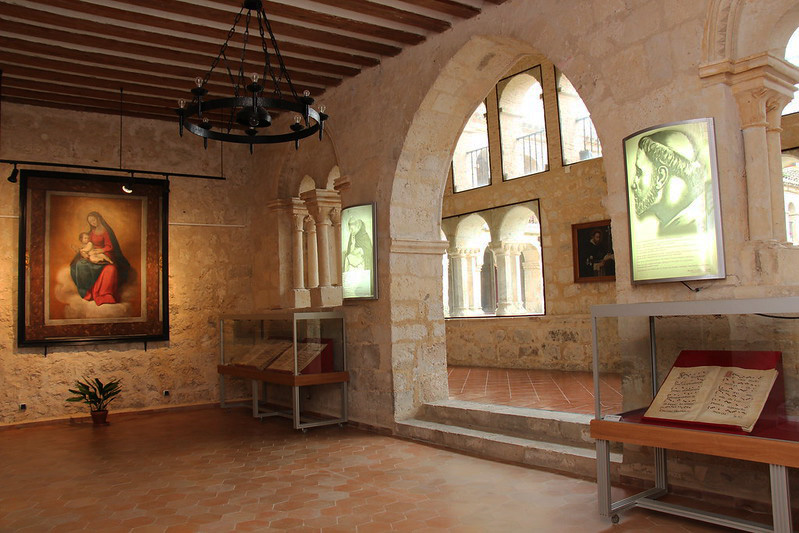
Cloister of the nuns – Museum
